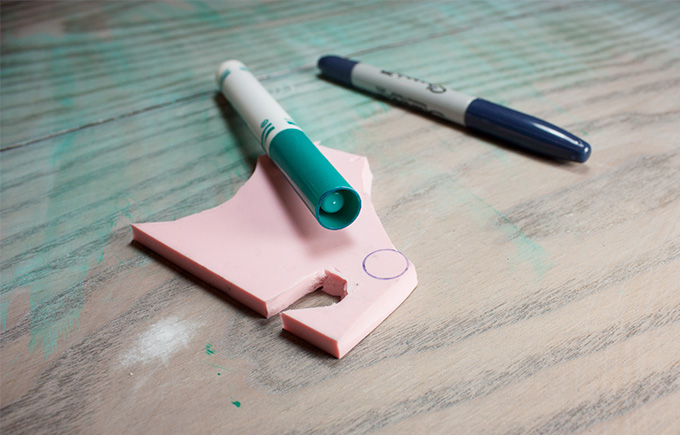
From 2014-2016 I chronicled my crafty endeavors on the site Adventures-in-Making. I’ve selected a few of those DIY’s, Recipes, and other posts to share on the site.
Instead of using plastic sleeves for my cards, I like to hold the card and envelope together with a strip of recyclable paper. I also use this as a chance to price my cards, and provide a little story to go along with each design. (Stories can make your products- more on that in the Packaging Post).
Since I’ve been using the photo corners to package my prints, I decided to move over to a similar method to pack my cards. I played around with folding until I came up with a method that needs no tape or plastic, but still looks pretty nifty!

First I print out my card descriptions, and cut them into strips with a rotary cutter. Each strip is about 2.5″ tall and 11″ wide.

For smaller cards (up to 4 1/4″ x 5 1/2″) I use a decorative blade or punch on one edge of the strip.
A Then I turn everything over, and center the envelope diagonally on the paper strip. B Once it’s centered, I fold the non-decorative corners in, using the envelope as a guide. C Then I fold the flap back across. The scalloped edge will now be on top… D so that I can slip the corner of the card into the little pouch I made with the folds. E Then I slip the other corner in. The card itself keeps the wrap secured.
I use a similar method to cover larger cards (up to 5″ x 7″), with a couple of changes. Since I have to use more of the length of the strip, it takes a little adjustment to make sure that I have a pretty corner to tuck into. I still center the envelope on the strip (diagonally) but then…

F I fold the two opposite corners first. (Notice that the first fold doesn’t quite cover the whole corner of the envelope.) G Then I fold the second, longer, side over to make the same type of pocket for a card. H Then slide in the card a corner at a time.

Voila. A plastic free wrap, and a story too!
You might not need to use exactly this method for all the things you get up to- but I hope my experiment encourages you to think outside of the box with your projects. Just a couple of little clever changes could make the world a better place.
(I’m thinking big.)





















































You must be logged in to post a comment.